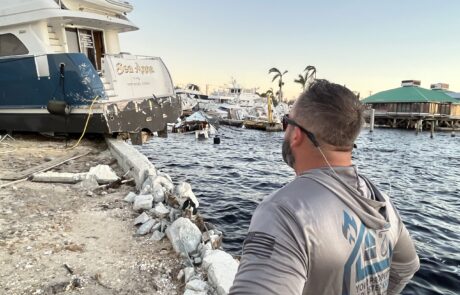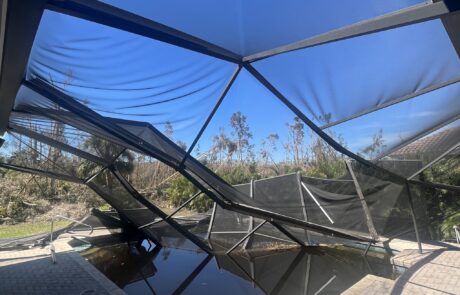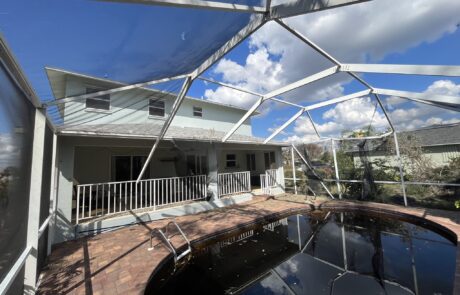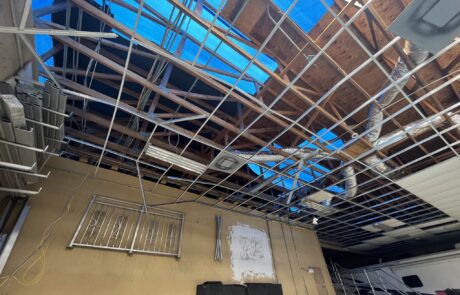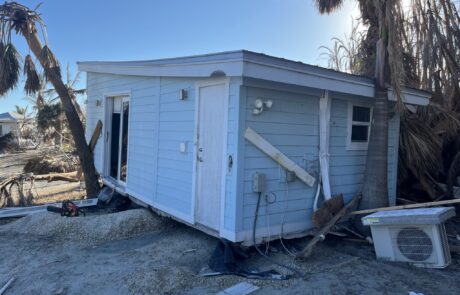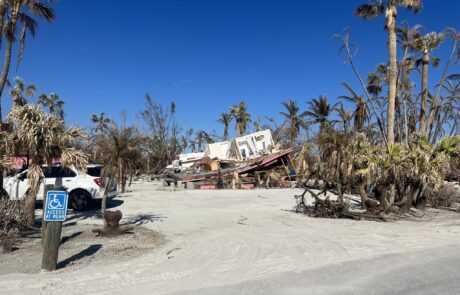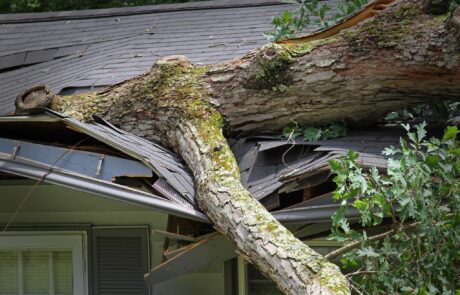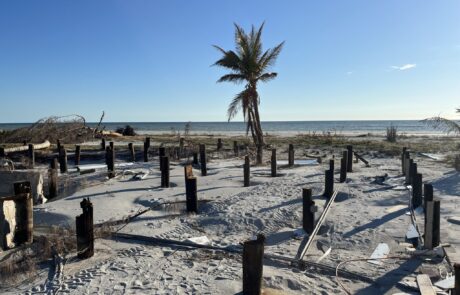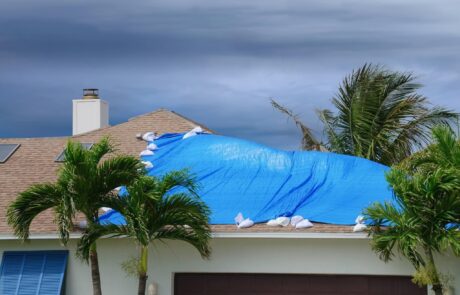Concrete Spalling Damage Claim: Your Property Adjuster
Concrete spalling is a critical concern for aging buildings, particularly those constructed in the 1970s along the Gulf Coast.
The combination of salt-laden air, high humidity, and exposure to tropical storms accelerates the deterioration of reinforced concrete structures. Understanding the risks, assessment methodologies, and repair timelines is essential for maintaining structural integrity.
* Our Inspection and Policy/Claim review is FREE
Understanding Spalling and Its Risks
Spalling refers to the flaking or breaking off of concrete surfaces, often exposing the reinforcing steel (rebar) beneath. This phenomenon is typically caused by the corrosion of rebar, which expands as it rusts, exerting pressure on the surrounding concrete and leading to cracking and delamination. In coastal environments, factors such as chloride intrusion from saltwater and carbonation (a chemical reaction that lowers concrete’s pH) exacerbate this process .
A notable example is the 2021 collapse of the Champlain Towers South in Surfside, Florida. A 2018 engineering report had identified significant spalling and structural damage, including failed waterproofing and deteriorated concrete slabs. Despite these warnings, repairs were delayed, underscoring the potential consequences of neglecting such issues.
Assessment and Engineering Evaluation
Evaluating spalling involves a combination of visual inspections and advanced testing methods:
- Visual Inspection: Identifying surface cracks, rust stains, and areas where concrete has flaked off.
- Acoustic Sounding: Tapping the concrete surface to detect hollow sounds indicative of delamination.
- Non-Destructive Testing: Utilizing ground-penetrating radar or ferromagnetic tools to assess rebar placement and corrosion without damaging the structure.
- Destructive Testing: Extracting concrete cores for laboratory analysis to determine compressive strength and chloride content .
The American Concrete Institute’s ACI 562 code provides guidelines for the assessment and repair of existing concrete structures, emphasizing the importance of thorough evaluations to inform repair strategies .
Repair Strategies and Timelines
Addressing spalling requires timely and appropriate interventions:
- Concrete Removal and Replacement: Removing damaged concrete and replacing it with new material.
- Rebar Treatment: Cleaning or replacing corroded rebar and applying protective coatings.
- Waterproofing: Installing or repairing waterproof membranes to prevent moisture ingress.
- Cathodic Protection: Implementing systems to prevent further corrosion of rebar.
The timeline for repairs can vary based on the extent of damage and environmental conditions. Delays can lead to exponential increases in deterioration and repair costs. Early intervention is crucial to extend the lifespan of the structure and ensure safety .
Regulatory Considerations and Recertification
In response to structural failures, Florida has been moving towards stricter building recertification requirements. Recommendations include mandatory structural inspections for buildings over 20 years old in corrosive saltwater environments, with subsequent inspections every seven years. These measures aim to identify and address structural issues before they escalate.
Next Steps
For a 12-story commercial building from the 1970s on the Gulf Coast, consider the following actions:
- Engage a Structural Engineer: Hire a licensed professional experienced in coastal structures to conduct a comprehensive assessment.
- Perform Detailed Inspections: Utilize both visual and advanced testing methods to evaluate the extent of spalling and underlying issues.
- Develop a Repair Plan: Based on the assessment, create a prioritized repair strategy, considering both immediate and long-term needs.
- Implement Preventative Measures: Address waterproofing and drainage issues to mitigate future deterioration.
- Schedule Regular Inspections: Establish a routine inspection schedule in line with regulatory recommendations to monitor the building’s condition over time.
Proactive maintenance and adherence to updated building codes are essential to ensure the safety and longevity of aging structures in coastal environments.
Free Consultation & Policy Review. We Don’t Get Paid if You Don’t Get Paid! Reopen your claim. Get paid what you deserve!
Contact Us
Talk with a licensed Public Adjuster

